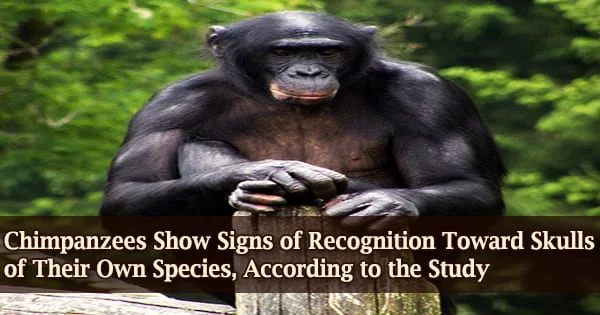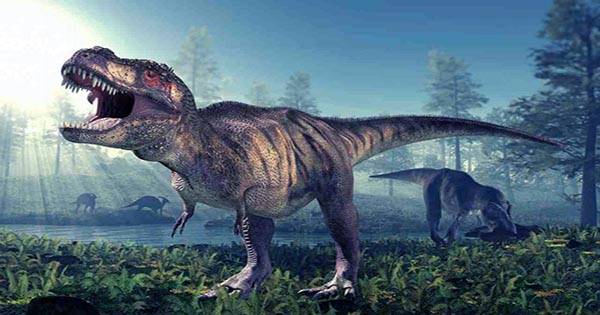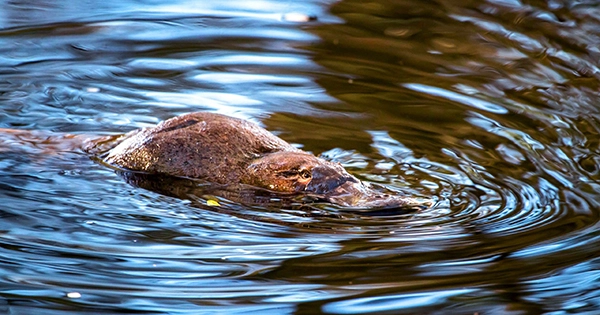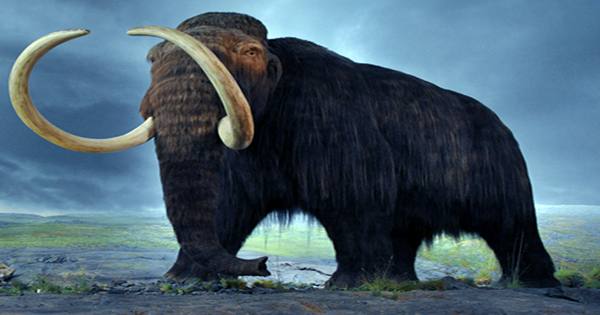Chimpanzees have been observed interacting with the bodies of deceased members of their species, returning to them, and even displaying mourning-like behavior. Elephants are known to do this as well and have even been observed to interact with elephant skeletons.
But, in the case of conspecific skeletons: those belonging to their own species, do chimps demonstrate recognition and preferences?
Previously, the scientific community paid little attention to this, maybe presuming that chimps have little or no understanding of their own bone architecture. This subject has recently been explored in the realm of comparative thanatology.
Adaptive radiation is thought to have occurred when a vacant adaptive zone caused the ancestral species to diversify into a number of related forms in a very short amount of time. Each one has been tailored to fit into a specific ecological niche.
The radiation of primitive mammalian stock into forms adapted to running, leaping, climbing, swimming, and flying, which began in the Paleogene Period (66 million years ago), is a noteworthy example. Australian marsupials, cichlid fish, and Darwin’s finches are more examples (also known as Galapagos finches).
A Kyoto University team led by André Gonçalves studied the visual attention of chimps.
When a wild chimpanzee finds a skull, it will likely be attentive to it like no other inanimate object in his surroundings as it bears a resemblance to one of its own.
André Gonçalves
“We used images of faces, skulls, and skull-shaped stones representing four different species,” says Gonçalves.
According to the researchers, chimp skulls have face-like clues, basic shapes, and an overall eye-nose-teeth configuration that simulates a network of brain regions that evolved to recognize and analyze faces.
Simply put, chimps appear to recognize chimp-like skulls, which is related to the phenomena of pareidolia, which is tied to the brain’s ability to perceive faces.
“This explains why we see illusory faces in things like clouds and rocks, and primate skulls are as face-like as anything in nature,” adds Gonçalves.
Previous field trials with African elephants have yielded similar results. Karen McComb and her University of Sussex colleagues discovered in 2006 that African elephants were more interested in skulls and tusks than any other stimulation. However, the mechanisms may not have been identical.
Wild elephants, according to Gonçalves, engaged with these skulls based on previous interactions. However, elephant skulls lack numerous crucial facial features like ears and trunks, which are necessary for communication.
“Chimpanzee skulls, on the other hand, still retain the general facial arrangements,” he adds.
Gonçalves and his team used an eye-tracker to record exactly where the chimps are gazing and for how long in order to test their assumptions regarding their visual attention.
The findings demonstrate that chimps have a strong preference for chimp faces, but they also have a strong preference for chimp skulls, staring at the teeth the longest and most intently.
Although the research team cannot say for sure whether chimps ‘know’ they are holding a Yorick in their hands, there is room for speculation about what is going on in their heads.
“When a wild chimpanzee finds a skull, it will likely be attentive to it like no other inanimate object in his surroundings as it bears a resemblance to one of its own,” Gonçalves concludes.
















